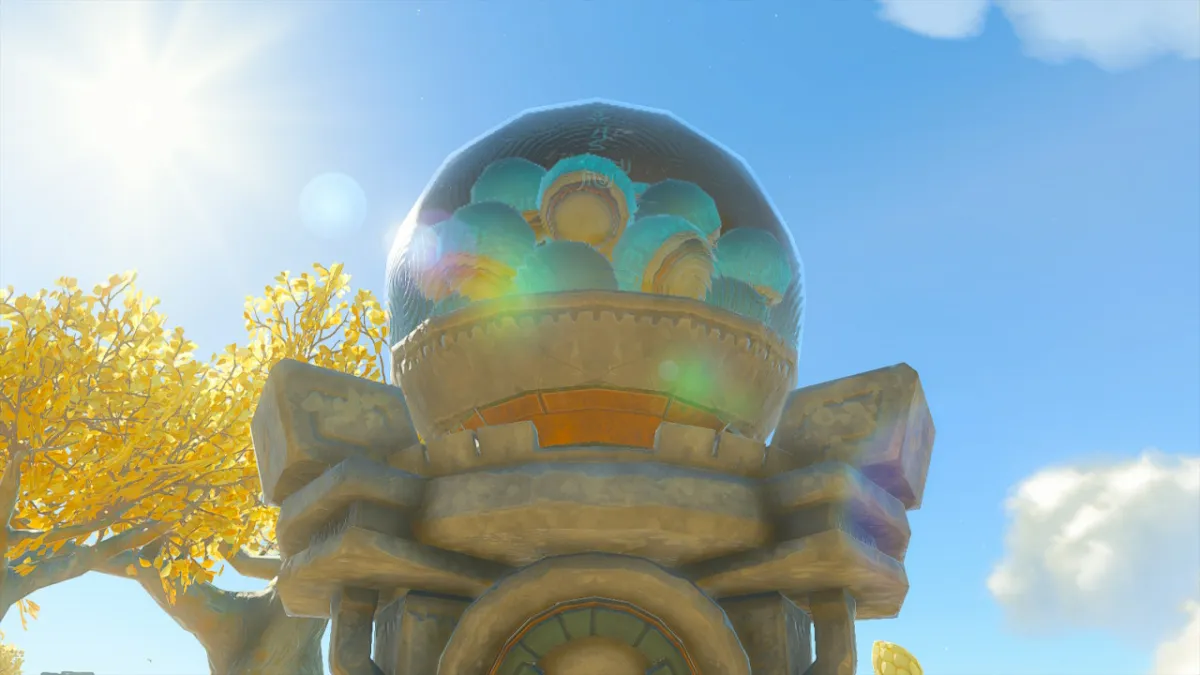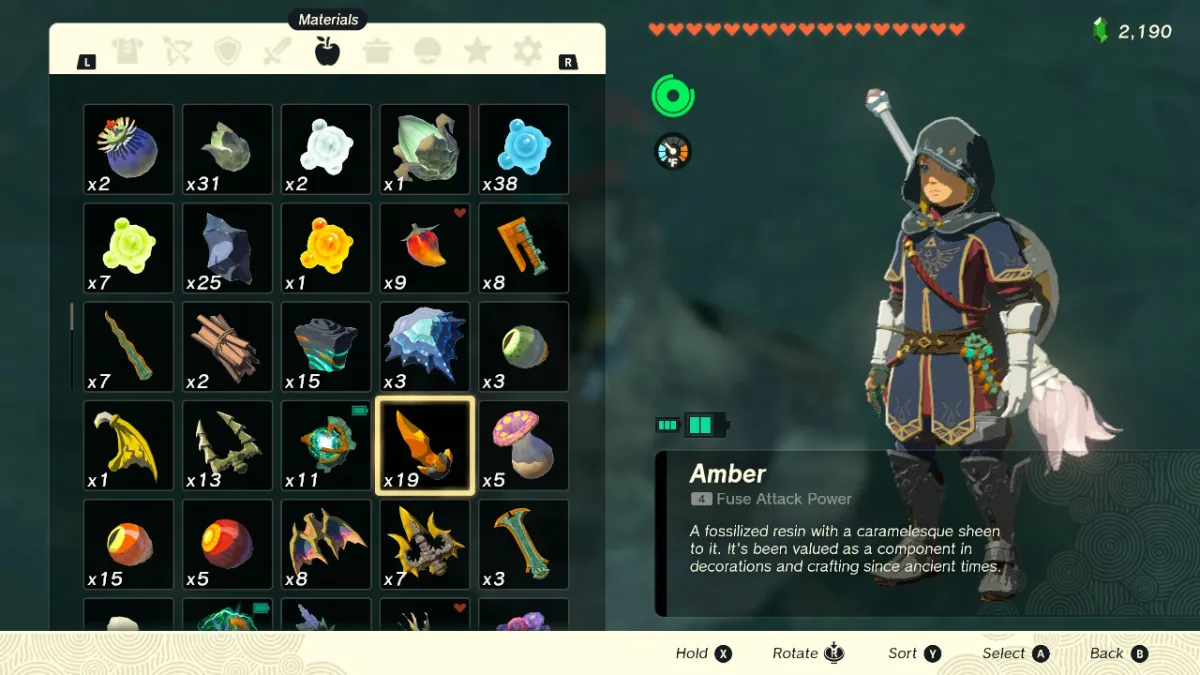Figuring where you rest on the Rank ladder of Apex Legends is a simple endeavor of looking at your current tier and division in the result screen, but that doesn’t go into the nuance of where a player is in the grand scale of things in the ranked playerbase. After all, when the majority of players find themselves near the bottom of the rank distribution, it speaks to the skills required for climbing the competitive ladder and reassures the one who’s yet to make it to the top that they are not the only one having trouble.
This guide will cover what division most players will find themselves under in Apex Legends and how players can self-assess using tracking statistics.
Rank Distribution in Apex Legends
Generally speaking, except for the considerable population that finds themselves disinterested in competitive modes, the majority of ranked players in Battle Royale falls under Platinum or Diamond as long as they’ve kept at their efforts. While rank players in arena matchmaking find themselves at a considerably lower average, with the majority in the Silver Division. These are results that can be observed by looking at tracking websites.
However, this leniency towards letting the mass number of players onto high ranks in the Battle Royale competitive ladder has been somewhat addressed in the latest update by the Development team, where a rank entry cost was introduced and demotion penalties became harsher than before. As a result, the rank distribution for season 13 has changed significantly, here are some statistics from the tracking website apex legends status to reflect that difference:
Battle Royale
- Rookie: 17.915
- Bronze I – IV: 29.075
- Silver I – IV: 19.199
- Gold I – IV: 23.861
- Platinum I – IV: 8.662
- Diamond I – IV: 1.04
- Master: 0.087
- Apex Predator: Top 750 players
If you are silver/gold, I guess you can already be proud of it😐 pic.twitter.com/C4JOWUb4mp
— Apex Legends Status (@_ApexStatus) July 6, 2022
Arena
- Bronze I – IV: 19.085
- Silver I – IV: 39.604
- Gold I – IV: 27.236
- Platinum I – IV: 10.871
- Diamond I – IV: 2.625
- Master: 0.346
- Apex Predator: 0.23
Rookie is a new introductory rank added to rank modes for the Battle Royale ladder, and a considerable amount of the player base would have seen rank demotions following the release of the new season split. Taking those factors into account, one can see that the once reflective player average of Platinum or Diamond in Battle Royale has dropped to Gold instead, with the majority of players tucked in the lower half of the competitive ladder.
This shift echoes competitive ladders in other games. Where gold or silver ends up being the resting place for most players due to numerous factors including skill difference, interest, and dedicated playtime.
In other words, if you find yourself in Platinum or above in the current split of Apex Legends, you are already in the top 10% of players for this game, as opposed to past seasons where it wouldn’t have been as impressive due to the ladder skewing towards the upper half of the competitive ranks.
Apex Legends is available now on PS4, PS5, Xbox One, Xbox Series X|S, Nintendo Switch, and PC.











Published: Jul 6, 2022 10:24 pm